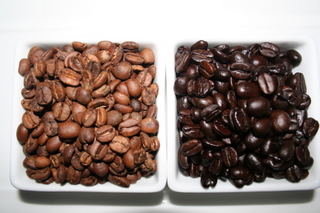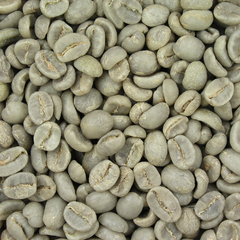Today
we are going to talk about Brewing,
which is considered as the weakest link in the enjoyment of a good cup of
coffee! You can buy the finest beans, can have the best of the best roast but
if you mess up at this step then all the effort putted in are wasted.
The
most important thing to understand the brewing method is to understand what
goes on in the process. The main components are water and temperature. You need
to understand how in brewing the grinded coffee is infused with boiling water
to get the flavor out of the powdered coffee.
The
best brew is obtained by measuring the Coffee to Water Ratio. The best way to
measure coffee is by weight, which is generally done by the scale. It can be
measured by volume but it disturbs the coffee taste as it’s not accurate all
the time. It is always wise to brew your
coffee strong as it’s easy to divide it to desired taste by adding water.
 |
| Espresso Shots |
The
water that is used for infusion has to be right otherwise the coffee will taste
wrong. The best rule is to taste the water before using it in brewing as the
taste of water changes the taste of coffee.
We
are lucky that we don’t have to do all this on our own as the coffee machines
does this for us. But the scientists spend a lot of time to attain the
determined taste and ratio for every coffee. Various big companies like
Starbucks and Tim Horton’s have their own lab to get their right taste for all
types of coffee they carry. For instance, a regular double double will be
always prepared with the same type of ratio that was discovered in their lab by
the machines they have in the restaurants.





